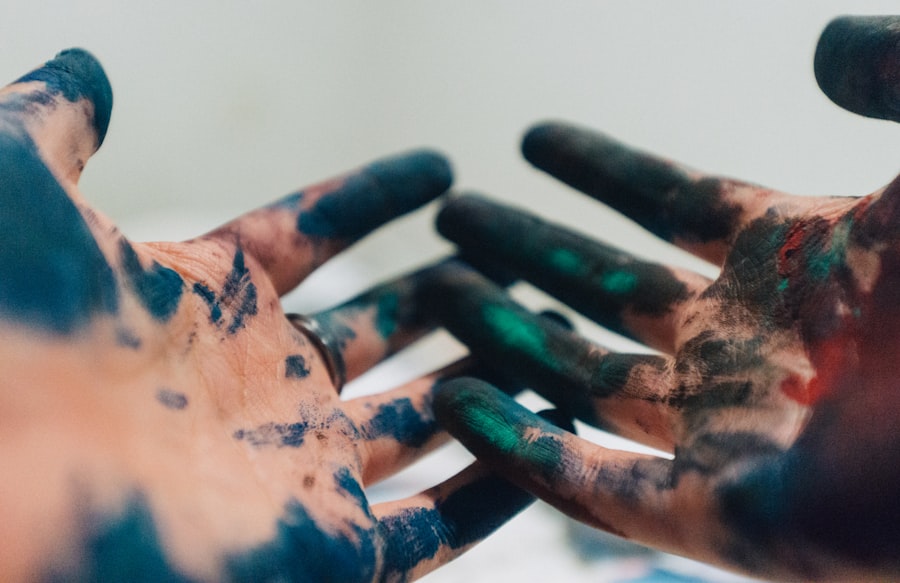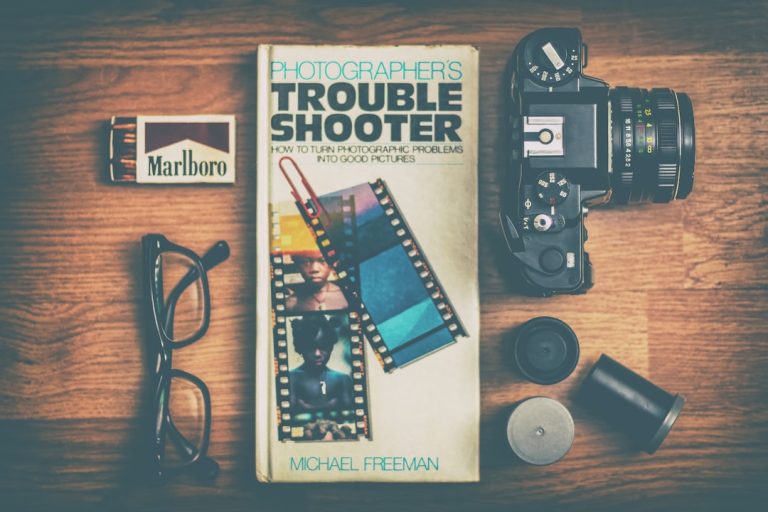
The Jazz Age, a term coined by F. Scott Fitzgerald, encapsulates the vibrant cultural transformation that swept through America during the 1920s. This decade was marked by a profound shift in social norms, artistic expression, and lifestyle choices, all of which were heavily influenced by the aftermath of World War
Key Takeaways
- The Jazz Age brought about a cultural revolution with its vibrant music, dance, and fashion, reflecting a shift towards modernity and liberation.
- Prohibition led to the rise of bootlegging and speakeasies, challenging the authority of the government and giving rise to organized crime.
- The flappers of the 1920s challenged traditional gender norms with their bold fashion, behavior, and pursuit of independence.
- The excesses of the rich and famous during the Roaring Twenties highlighted the growing wealth gap and societal tensions.
- The Stock Market Crash of 1929 marked the end of the Roaring Twenties, leading to economic devastation and the onset of the Great Depression.
- The Great Gatsby serves as a reflection of the era, capturing the extravagance, disillusionment, and moral decay of the time.
- Technology played a significant role in the 1920s, driving innovation and transforming daily life with the introduction of new appliances and entertainment.
- The legacy of the Roaring Twenties is one of cultural change, economic upheaval, and the lasting impact of the era on modern society.
The war had left a generation disillusioned, yearning for new forms of expression and a break from the constraints of the past. Jazz music emerged as the soundtrack of this era, symbolizing freedom and spontaneity. Artists like Louis Armstrong and Duke Ellington became household names, their innovative sounds captivating audiences and transcending racial barriers.
Jazz clubs flourished in urban centers, particularly in cities like New Orleans and Harlem, where the music served as a unifying force for diverse communities.
The Cultural Revolution Beyond Music
The Jazz Age was a transformative period that extended far beyond the realm of music. It had a profound impact on literature, fashion, and visual arts, redefining American culture and identity. Writers such as Langston Hughes and Zora Neale Hurston explored themes of identity and race, contributing to the Harlem Renaissance, a flourishing of African American culture that celebrated the richness and diversity of black experiences.
Visual Arts and the Rise of Art Deco
The visual arts saw the rise of movements like Art Deco, characterized by bold geometric shapes and vibrant colors that reflected the optimism of the time. This style, which emerged in the 1920s, was a perfect reflection of the era’s exuberance and enthusiasm for modernity. Art Deco’s influence can be seen in everything from architecture to fashion, and it remains a popular style to this day.
A New Era in Fashion
Fashion also underwent a radical transformation during the Jazz Age. Women adopted more liberated styles that emphasized comfort and freedom of movement. The flapper dress, with its dropped waist and loose fit, became emblematic of this new era, allowing women to dance freely to the infectious rhythms of jazz. This shift in fashion was not just about aesthetics; it was also about women’s liberation and their desire for greater freedom and autonomy.
A Lasting Legacy
The Jazz Age was not merely a period of entertainment; it was a cultural revolution that redefined American identity and laid the groundwork for future social changes. Its impact can still be felt today, from the music and art of the time to the social and cultural movements that it inspired. The Jazz Age was a pivotal moment in American history, and its legacy continues to shape our culture and society.
Prohibition and the Rise of Bootlegging

Prohibition, enacted through the 18th Amendment in 1920, aimed to eliminate the consumption of alcohol in the United States. However, rather than curbing drinking habits, it inadvertently fueled a thriving underground economy centered around bootlegging. Speakeasies—secret bars that operated illegally—sprang up across cities, providing a clandestine venue for patrons to enjoy alcoholic beverages while listening to live jazz music.
The allure of these hidden establishments was irresistible to many, as they offered not only drinks but also an atmosphere of rebellion against societal norms. The rise of bootlegging became synonymous with the Jazz Age, as organized crime syndicates took advantage of the lucrative black market for alcohol. Figures like Al Capone became infamous for their involvement in this illicit trade, amassing wealth and power while evading law enforcement.
The consequences of Prohibition extended far beyond the realm of alcohol consumption; it reshaped American society in profound ways. Law enforcement struggled to keep up with the rampant illegal activities associated with bootlegging, leading to widespread corruption within police forces and government agencies. The social fabric of cities transformed as speakeasies became gathering places for people from all walks of life, blurring class and racial lines.
This era also saw an increase in violence as rival gangs fought for control over lucrative territories. Ultimately, Prohibition highlighted the complexities of American morality and governance, revealing a society grappling with its values while simultaneously indulging in excesses that contradicted its legal framework.
The Flappers: Challenging Gender Norms
| Metrics | Data |
|---|---|
| Number of Flappers | Unknown |
| Impact on Gender Norms | Challenged traditional gender roles |
| Popular Flapper Activities | Dancing, smoking, drinking, and socializing |
| Flapper Fashion | Short skirts, bobbed hair, and bold makeup |
The flapper emerged as a cultural icon during the 1920s, representing a new breed of woman who defied traditional gender roles and societal expectations. With their bobbed hair, knee-length dresses, and bold makeup, flappers epitomized a spirit of liberation that resonated with many young women seeking independence. They embraced a lifestyle characterized by socializing, dancing, and enjoying newfound freedoms that had previously been denied to women.
The flapper’s rejection of Victorian ideals was not merely superficial; it signified a broader movement toward gender equality and women’s rights. As women gained the right to vote in 1920 with the passage of the 19th Amendment, flappers became symbols of this newfound empowerment. However, the flapper phenomenon was not without its critics.
Many traditionalists viewed flappers as reckless and immoral, fearing that their behavior would lead to societal decay. This backlash highlighted the tension between progressive ideals and conservative values that defined the era. Flappers challenged not only fashion norms but also social conventions surrounding courtship and sexuality.
They frequented jazz clubs and participated in dances like the Charleston, often engaging in behaviors that were previously deemed inappropriate for women. This cultural shift sparked conversations about women’s autonomy and sexual liberation, laying the groundwork for future feminist movements. The flapper’s legacy endures as a symbol of defiance against patriarchal constraints and an embodiment of the quest for gender equality.
The Excesses of the Rich and Famous
The Roaring Twenties were characterized by unprecedented wealth and extravagance among the upper echelons of society. Following World War I, America experienced an economic boom that led to a consumer culture driven by materialism and excess. The rich indulged in lavish parties, opulent fashion, and extravagant lifestyles that were often showcased in society pages and magazines.
Iconic figures like Jay Gatsby from Fitzgerald’s “The Great Gatsby” epitomized this era’s obsession with wealth and status. Gatsby’s extravagant soirées attracted New York’s elite, serving as a microcosm of the larger societal trends that celebrated opulence and hedonism. However, this era of excess was not without its contradictions.
While many reveled in luxury, others faced economic hardships exacerbated by income inequality. The stark contrast between the lives of the wealthy and those struggling to make ends meet became increasingly apparent as the decade progressed. The lavish lifestyles of the rich often masked underlying social issues, including poverty and labor unrest.
As consumerism reached new heights, so did discontent among those who felt left behind by the economic boom. This dichotomy foreshadowed the challenges that would arise in the following decade as America grappled with the consequences of its excesses.
The Stock Market Crash and the End of the Roaring Twenties

The Roaring Twenties came to an abrupt halt with the stock market crash of 1929, an event that marked a dramatic shift in American society and economy. After years of rampant speculation and unsustainable growth, stock prices plummeted on October 29—known as Black Tuesday—leading to widespread panic among investors. The crash not only wiped out fortunes but also shattered the illusion of prosperity that had defined the decade.
As banks failed and businesses collapsed, millions found themselves unemployed or facing financial ruin. The once-vibrant atmosphere of optimism gave way to despair as people struggled to cope with the harsh realities of economic downturn. The aftermath of the stock market crash set into motion a series of events that would culminate in the Great Depression—a period marked by severe economic hardship that lasted throughout much of the 1930s.
The crash exposed vulnerabilities within the financial system and prompted calls for regulatory reforms to prevent such calamities in the future. As Americans faced unprecedented challenges, they were forced to confront not only their economic circumstances but also their values and priorities. The end of the Roaring Twenties signaled a profound transformation in American society, shifting from an era defined by excess to one characterized by resilience and adaptation in the face of adversity.
The Great Gatsby: A Reflection of the Era
F. Scott Fitzgerald’s “The Great Gatsby” serves as a poignant reflection of the complexities and contradictions inherent in the Jazz Age. Through its exploration of themes such as wealth, love, and disillusionment, the novel captures the essence of an era marked by both aspiration and moral decay.
Jay Gatsby’s relentless pursuit of wealth and status symbolizes the American Dream’s allure while simultaneously exposing its hollowness. Gatsby’s extravagant parties serve as a microcosm for the excesses of the time—filled with glamour yet ultimately devoid of genuine connection or fulfillment. Moreover, “The Great Gatsby” delves into issues of class disparity and social stratification that were prevalent during the 1920s.
The stark contrast between East Egg’s old money elite and West Egg’s nouveau riche underscores societal tensions rooted in class distinctions. Fitzgerald’s portrayal of characters like Daisy Buchanan reflects the limitations placed on women despite their newfound freedoms; Daisy is trapped in a world where her worth is measured by her beauty and social standing rather than her individuality or aspirations. Ultimately, “The Great Gatsby” transcends its narrative to become a timeless critique of an era defined by ambition yet marred by moral ambiguity—a reflection on both personal dreams and collective societal values.
The Role of Technology in the 1920s
The 1920s witnessed remarkable advancements in technology that transformed daily life and reshaped American culture. Innovations such as radio broadcasting revolutionized communication, bringing news and entertainment directly into homes across the nation. By 1922, there were over 500 radio stations operating in America, allowing families to tune into music programs, news broadcasts, and live events from anywhere in the country.
This newfound accessibility fostered a sense of shared experience among listeners while also contributing to a burgeoning consumer culture driven by advertising. In addition to radio technology, advancements in transportation played a pivotal role in shaping society during this decade. The proliferation of automobiles transformed urban landscapes and altered social dynamics; families could now travel greater distances for leisure or work opportunities.
Henry Ford’s assembly line production methods made cars more affordable than ever before, leading to increased mobility for Americans from various socioeconomic backgrounds. This shift not only facilitated greater access to jobs but also encouraged suburbanization as people sought refuge from crowded urban centers. Overall, technology during the 1920s served as both a catalyst for change and a reflection of evolving societal values—ushering in an era defined by connectivity, mobility, and modernity.
The Legacy of the Roaring Twenties
The legacy of the Roaring Twenties continues to resonate throughout American culture today, serving as both an inspiration and cautionary tale for future generations. This dynamic decade laid the groundwork for significant social changes that would unfold in subsequent years—particularly regarding civil rights movements and gender equality initiatives. The flapper phenomenon challenged traditional gender roles while paving the way for future feminist movements; similarly, jazz music’s influence on popular culture can still be felt across genres today.
Moreover, lessons learned from this era’s excesses have informed contemporary discussions about economic responsibility and social equity. The stock market crash served as a stark reminder of financial fragility; subsequent regulatory reforms aimed at preventing similar crises reflect ongoing efforts to balance capitalism with ethical considerations. As America continues to grapple with issues related to wealth disparity and social justice, understanding the complexities inherent in the Roaring Twenties remains essential for navigating contemporary challenges—ensuring that history informs progress while honoring those who dared to dream during an era defined by both ambition and excess.
FAQs
What is The Great Gatsby?
The Great Gatsby is a novel written by F. Scott Fitzgerald, first published in 1925. It is considered a classic of American literature and is set in the 1920s, during the period known as the “Roaring Twenties.”
Who is the author of The Great Gatsby?
The author of The Great Gatsby is F. Scott Fitzgerald, an American novelist and short story writer. He is widely regarded as one of the greatest American writers of the 20th century.
What is the plot of The Great Gatsby?
The Great Gatsby is set in the summer of 1922 and follows the life of Jay Gatsby, a wealthy and mysterious man, as seen through the eyes of the narrator, Nick Carraway. The novel explores themes of love, wealth, and the American Dream, as well as the decadence and excess of the Jazz Age.
What is the significance of The Great Gatsby?
The Great Gatsby is considered a classic work of American literature and is often studied in schools and universities. It is praised for its exploration of the American Dream, its vivid portrayal of the 1920s, and its timeless themes of love, ambition, and disillusionment.
Has The Great Gatsby been adapted into other forms of media?
Yes, The Great Gatsby has been adapted into several films, stage productions, and even a ballet. The most famous film adaptation is the 1974 version starring Robert Redford and Mia Farrow, and the 2013 version starring Leonardo DiCaprio and Carey Mulligan.





